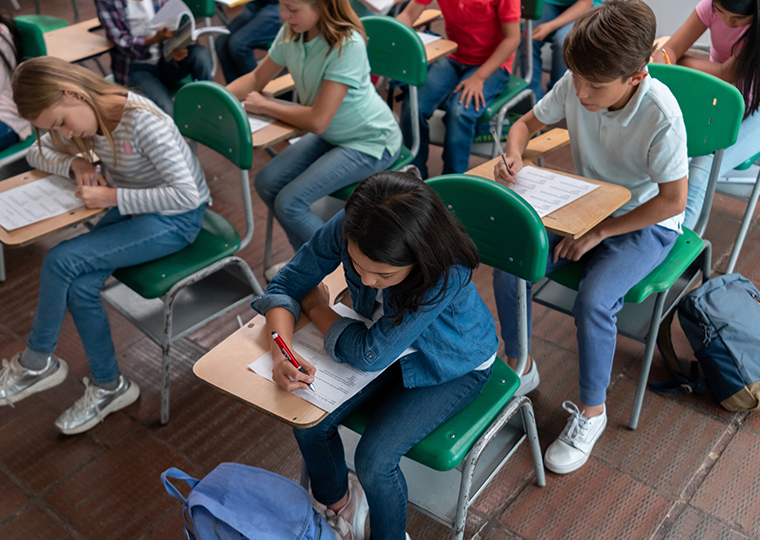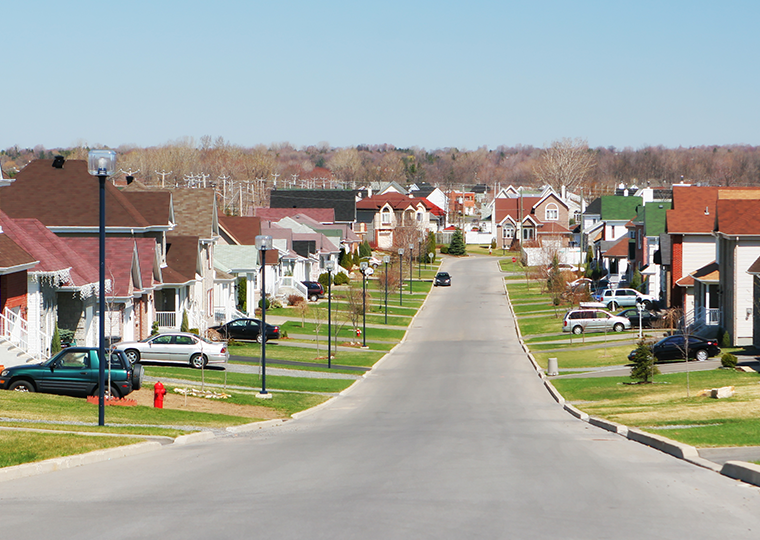Demolition of Chicago projects dispersed thousands to other areas
Poorer Americans are less likely to vote than those with higher incomes, making government less representative than it might otherwise be of the overall population.
Among people aged 25 to 44, for instance, with annual incomes between $20,000 and $30,000, half voted in the 2020 presidential election, the Census Bureau reports. Among people aged 25 to 44 making $100,000 to $150,000 just 20% of eligible voters failed to cast a ballot.
A paper forthcoming in Review of Economics and Statistics, by Dartmouth’s Eric Chyn and UCLA Anderson’s Kareem Haggag, examines the relationship between voting and low-income public housing in Chicago. The findings suggest political engagement increases when children exit such housing and grow up in more economically well-off neighborhoods.
Opt In to the Review Monthly Email Update.
Large-Scale Demolition of Public Housing
Using a large data set on leavers and stayers, the authors study Chicago, where the local housing authority selectively demolished public housing buildings in recent decades. The departing residents received federal housing vouchers to pay part of the rent on homes elsewhere, and families scattered across the Chicago area and beyond.
Studying voting records across multiple general elections, Chyn and Haggag found those who moved out of public housing as children — at ages 5 to 18 — voted 10% more frequently in later life than the group that remained in public housing.
Educational Attainment, Parents and Voting
In addition to affecting voting, Chyn and Haggag highlight that relocating from public housing in Chicago also increased high school graduation rates. A large body of research suggests that voting may be influenced by one’s educational background. Chyn and Haggag estimate that the effects of moving from public housing on high school graduation could explain anywhere from 34% to 90% of the difference in voting participation among the movers and nonmovers.
As a group, the young voters did not appear to be simply emulating their parents. Chyn and Haggag found that voting participation among parents who moved was not materially different than voting by parents who remained in the public housing projects studied.
Overall, the results of this study suggest that housing policy which improves the economic environment for children has a spillover effect on voter participation. That said, the research also shows how large the civic engagement chasm remains. Though participation rose 10% among those who moved, that was merely a bump from an average voting rate of 30% among those who didn’t move, to 33% for children whose family received vouchers to move out.
Featured Faculty
-
Kareem Haggag
Assistant Professor of Behavioral Decision Making
About the Research
Chyn, E., Haggag, K. (in press). Moved to Vote: The Long-Run Effects of Neighborhoods on Political Participation. Review of Economics and Statistics.






